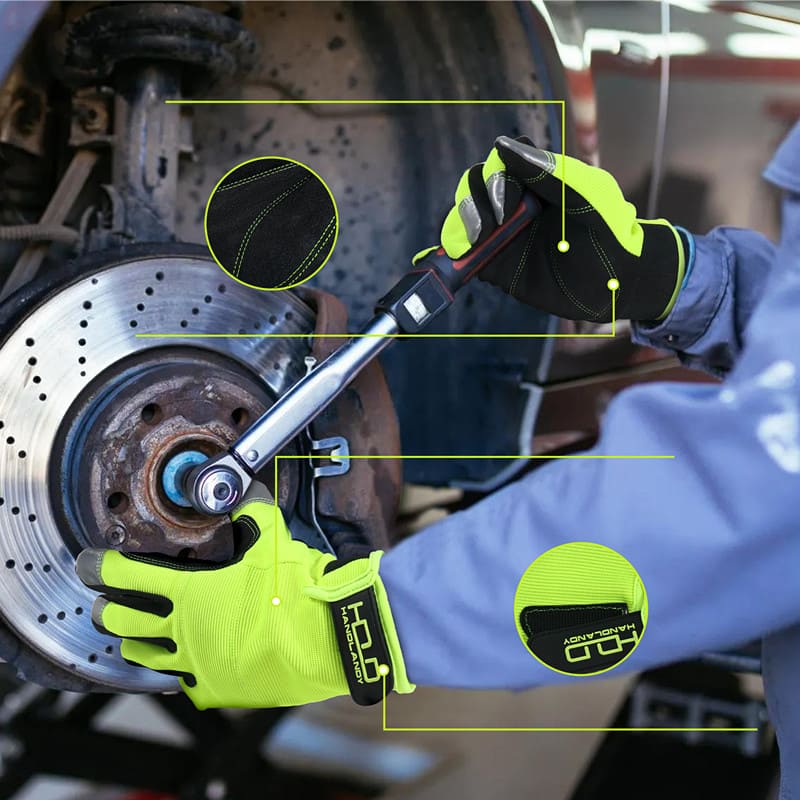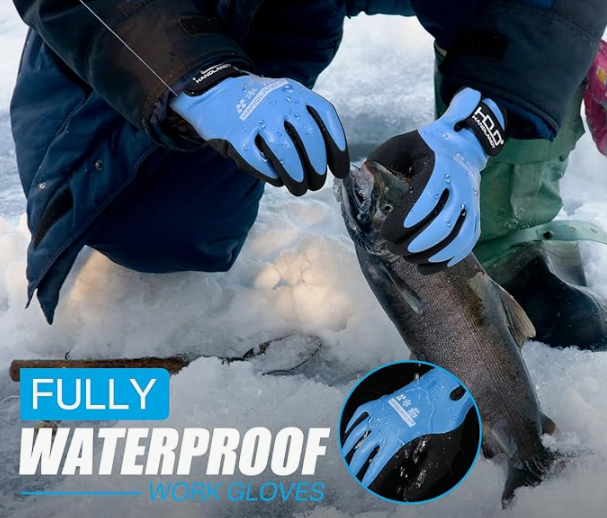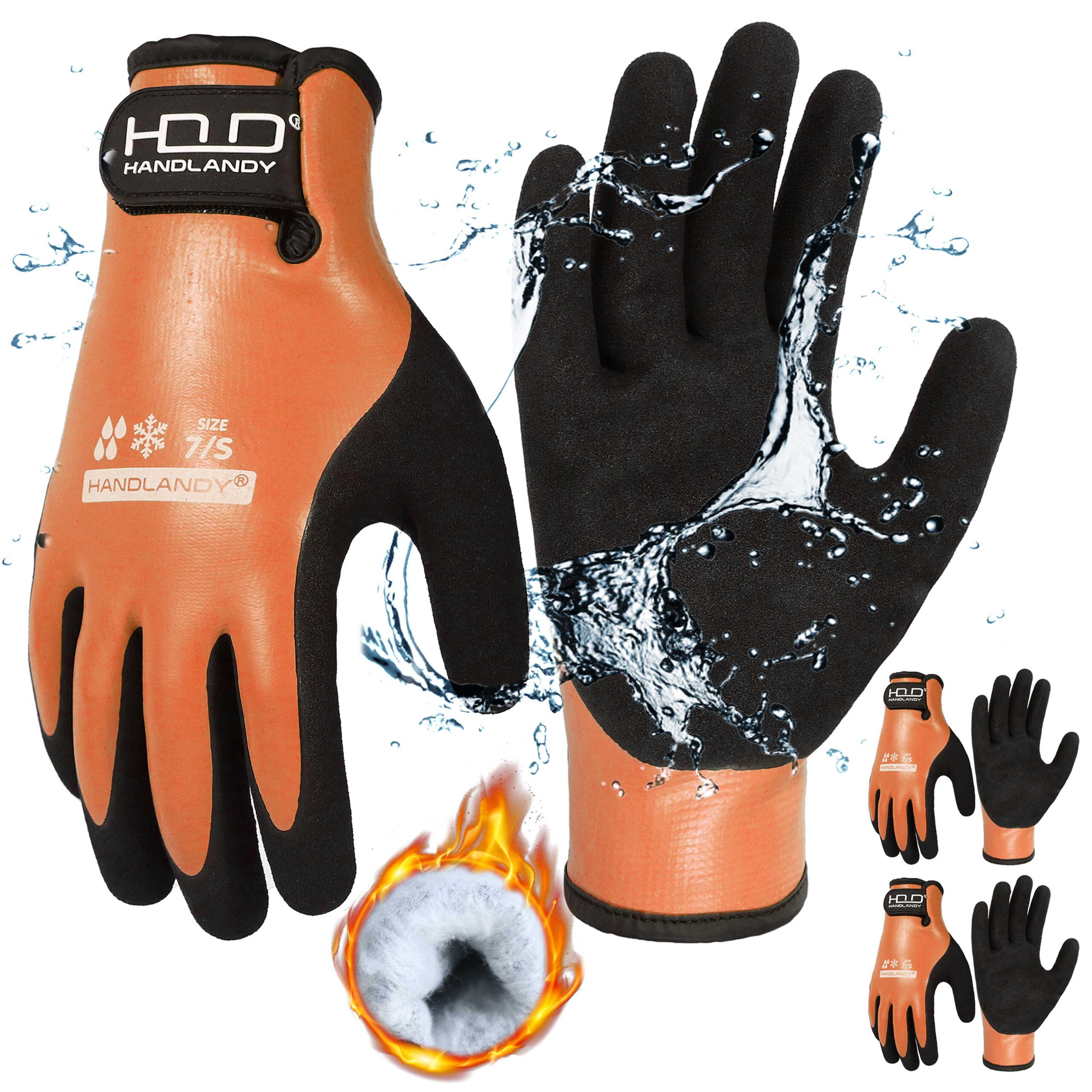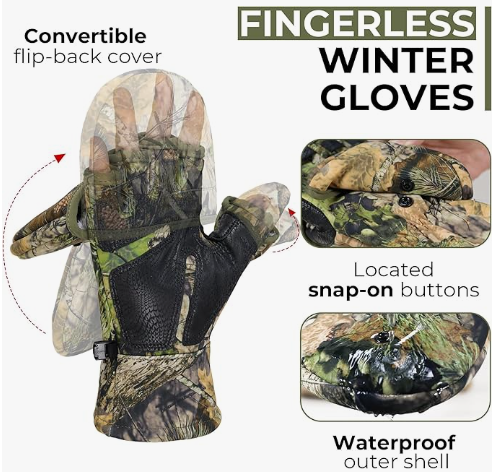Importing mechanic gloves from China can be a cost-effective solution for businesses, but navigating export regulations is essential for a smooth process. This guide breaks down the key steps to ensure compliance and successful importation.
What Are the Key Steps to Navigate Export Regulations?
To navigate export regulations when importing mechanic gloves from China, you need to classify the product correctly, meet compliance standards in the importing country, obtain necessary certifications, and prepare accurate documentation.
1. Understand Product Classification
- Harmonized System (HS) Code: Properly classify mechanic gloves to determine applicable duties and regulations.
- Common HS Codes for Gloves:TypeHS CodeDescriptionRubber Gloves4015.19.00Vulcanized rubber glovesPlastic Gloves3926.20.10Plastic glovesLeather Gloves4203.29.10Leather work gloves
Correct classification ensures you meet regulatory and customs requirements.
2. Meet Importing Country Standards
- United States: Ensure gloves comply with safety standards like those required by OSHA or FDA.
- European Union: Verify CE marking and compliance with PPE regulations.
- Other Markets: Check local safety and environmental requirements.
3. Obtain Required Certifications
- CE Marking: For sales in the EU, this ensures the gloves meet safety and health standards.
- FDA Approval: Needed for medical or protective gloves in the U.S.
- Certificates of Origin: Demonstrate where the gloves are manufactured.
Ensure your supplier has these certifications to avoid delays.
4. Prepare Accurate Documentation
The following documents are essential for customs clearance:
- Commercial Invoice: Includes details about the transaction and product.
- Packing List: Lists the contents, weight, and dimensions of the shipment.
- Bill of Lading: A transport document issued by the shipping carrier.
- Certificate of Origin: Confirms the country of manufacture.
Having accurate and complete documents reduces the risk of customs delays.
5. Understand Tariffs and Duties
- Import Duties: Rates depend on the product’s HS code and the trade agreements between China and the importing country.
- Value-Added Tax (VAT): Some countries charge VAT on imported goods.
For example:
| Country | Duty Rate | VAT |
|---|---|---|
| United States | 0-10% | No VAT |
| European Union | 5-15% | 20-25% |
| Canada | 5-10% | 5% (GST) |
Knowing these costs helps you price your products effectively.
6. Be Aware of Chinese Export Requirements
- Export Licenses: Some gloves may require export permits in China.
- Inspection Standards: Ensure your gloves meet Chinese quality standards before export.
Collaborate with a trusted supplier to ensure compliance.
7. Work with Trusted Partners
- Freight Forwarders: Experienced partners can help streamline shipping and customs clearance.
- Customs Brokers: They handle complex documentation and help avoid delays.
Conclusion
Navigating export regulations when importing mechanic gloves from China involves proper classification, meeting compliance standards, obtaining certifications, and preparing accurate documentation. By understanding these steps and working with reliable partners, businesses can ensure smooth importation and compliance with international regulations.
This guide simplifies the process, helping you avoid costly mistakes and focus on growing your business.








